Representing the man-made architectural wonders of the modern era, the Seven Wonders of the World are as impressive as their title.
From the iconic Great Wall of China to the magnificent Taj Mahal, these structures show the modernity of engineering techniques that existed even centuries ago.
Here are some interesting facts about these structures.
Seven Wonders of the Modern World
7. Great Wall of China
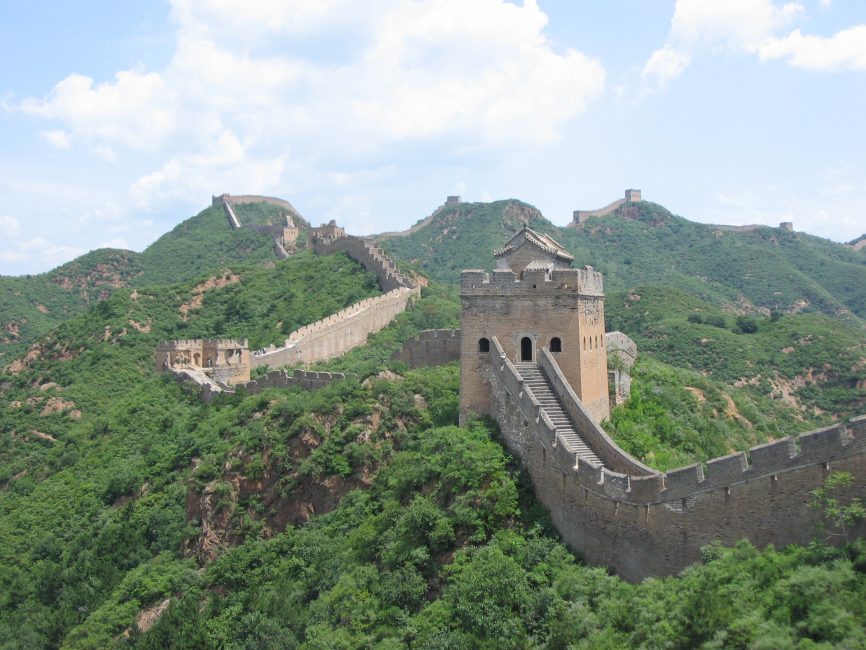
The original wall built under Emperor Qin Shi Huang of the Win dynasty took about 20 years to complete. At 21,196 kilometers long, the Great Wall is witness to highlands, landscapes, plateaus, natural barriers, and much more.
Although it is an architectural wonder, did you know that this structure is also considered the longest cemetery on Earth? More than a million people died in the construction, and archaeologists found human remains buried under parts of the wall. Very scary?
(Source)
6. Christ the Redeemer, Brazil
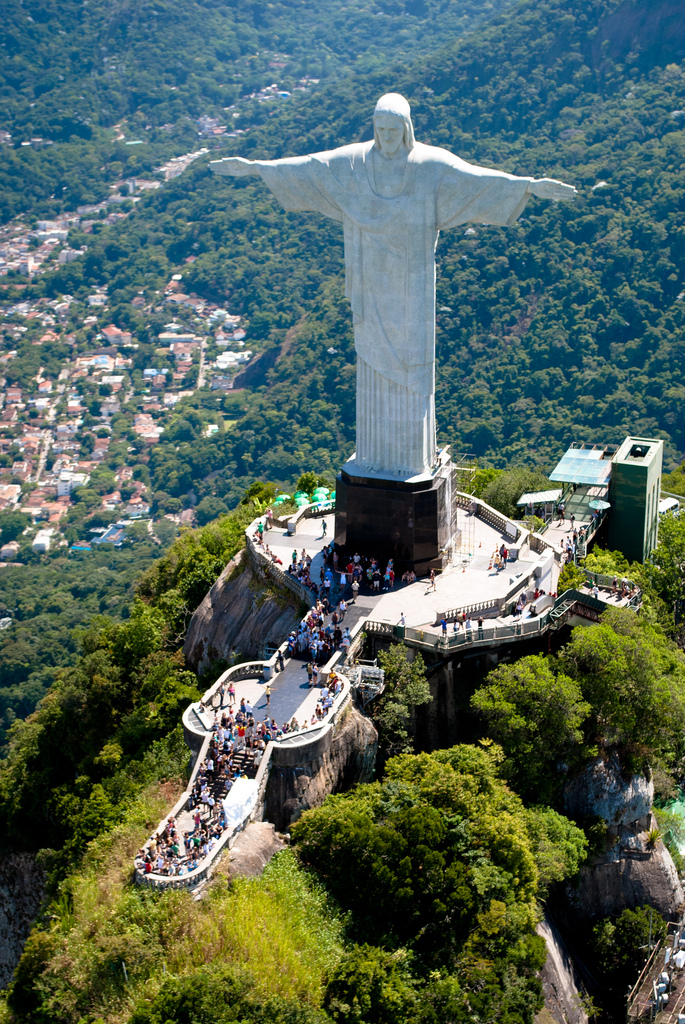
Christ the Redeemer is a 125-foot tall statue designed by Heitor da Silva Costa, sculpted by French sculptor Paul Landowski.
Since the statue is on top of a mountain, it’s prone to get hit by lightning; in fact, it is reached between three and six times a year.
Before the 2014 FIFA World Cup, lightning struck and broke one of the statue’s thumbs. Furthermore, this structure was not originally built in Brazil; It was made in France.
(Source)
5. Petra, Jordan
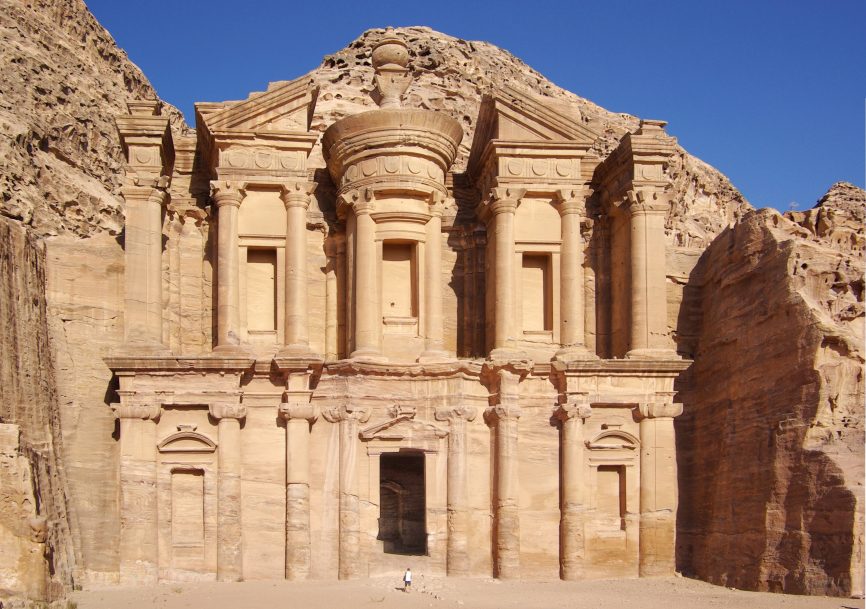
A man-made wonder, Petra is known as the City of Roses, built of pink sandstone. This structure, in fact, is evidence that the Middle East was the most influential region in the world in the Middle Ages.
But this place was not due to a long time ago: did you know that the Bedouins of the Arabian desert destroyed some of the most valuable sculptures on the walls of the Treasury? They used the sculptures as a target during shooting practice.
(Source)
4. Machu Picchu, Peru

One of the most famous lost cities in the world, Machu Picchu, also known as the Lost City of the Incas, was built in 1450 and abandoned a hundred years later.
Declared a World Heritage Site by UNESCO in 1983, the structure is entirely built of dry stone walls.
Many of the stones that were used to build the city weighed more than 50 pounds, but it is said that no wheels were used to transport these rocks uphill.
In fact, hundreds of men are said to have pushed the heavy rocks toward the steep side of the mountain.
(Source)
3. Colosseum, Italy
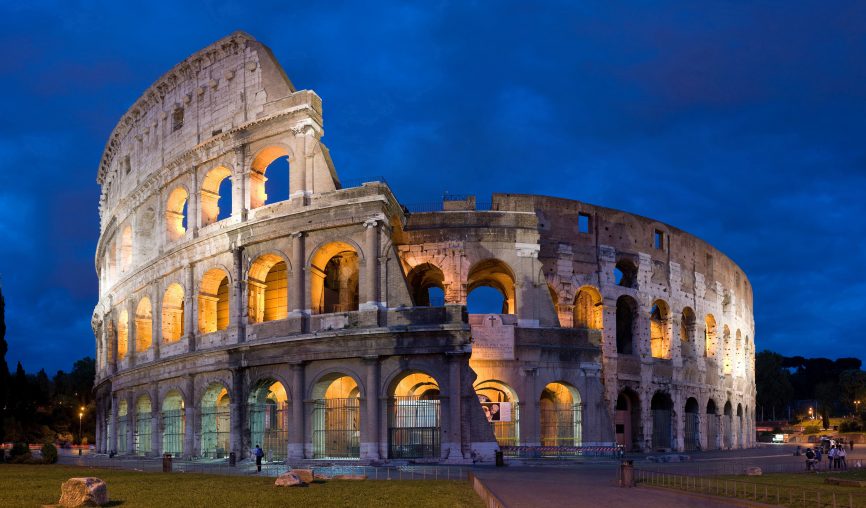
Built between the years 770 AD and 82 AD by Emperor Titus Vespasian, the Colosseum in Rome is the oldest and most emblematic amphitheater in the world.
With more than 50,000 spectators, the amphitheater was built for public performances, such as the infamous gladiator fights, animal hunting, executions, and dramas.
The events that took place in the Colosseum are said to be graphic and brutal: during certain games, some 10,000 animals would be killed in a single day.
(Source)
2. Chichen Itza, Mexico
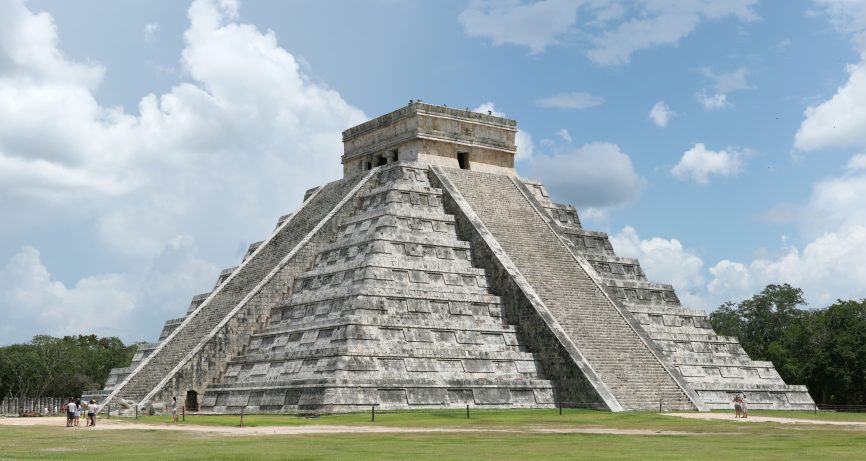
Chichen Itza translates to “At the mouth of the well of Itza”. Believed to be the largest Mayan city ever built, downtown Chichén Itzá comprises El Castillo, also known as the Kukulcan Temple.
Many travelers claim that Chichén Itzá’s sites are known for their unusual sounds. If you clap once at one end of the court, it reverberates and creates nine echoes in the middle of the court.
Applause in front of the Kukulkan pyramid creates an echo resembling the serpent’s chirp.
(Source)
1. Taj Mahal, India
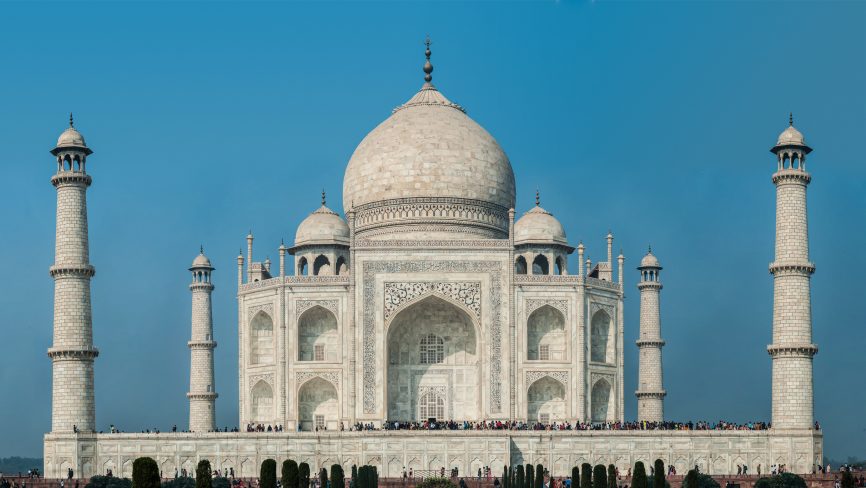
One of the most glorious displays of love in history is the Taj Mahal, built by Emperor Shah Jahan in honor of his late wife.
One of the most popular legends about the structure is that the emperor had all of the workers’ hands cut off so they couldn’t recreate the design.
Around 1,000 elephants were used to transport construction material to the site.
(Source)









Leave a Reply